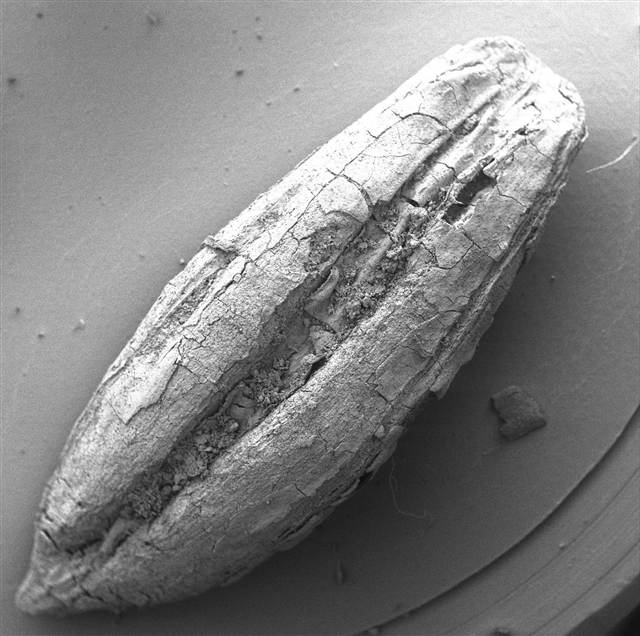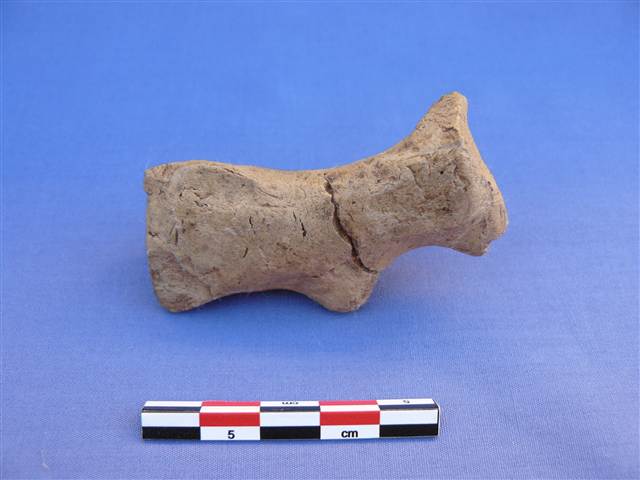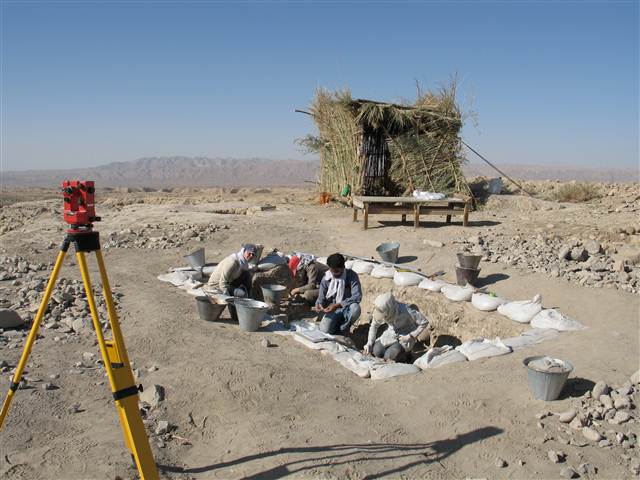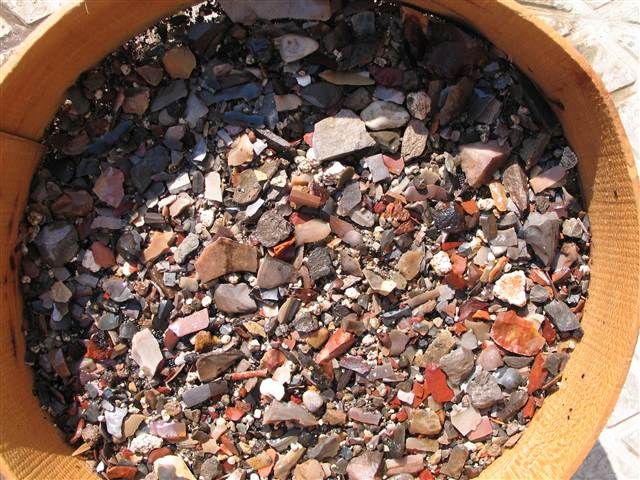The article below by Nidhi Subbaraman first appeared in NBC News on July 4th 2013.
===========================
Among stone grinding tools, clay figures shaped like humans and animals and carved bone artifacts, archaeologists have harvested ancient grains from an early human settlement that are preserved 12,000 years. The finds suggest that generations of communities were earnestly experimenting with plant cultivation since the last Ice Age, and that agriculture, which laid the foundations for later civilizations, emerged concurrently in a number of locations that archaeologists recognize as the “Fertile Crescent” of the near east.
 Wild barley was found in the sediments of Chogha Golan (Source: NBC News).
Wild barley was found in the sediments of Chogha Golan (Source: NBC News).
Since the early 1960s, when the first signs of farming were discovered in parts of Israel, archeologists have uncovered scores of ancient farming communities in Turkey, Syria, Iraq dating a few thousand years older than the first evidence of farming found in Mexico and China. Whether they shared their ideas about farming or came to them independently has remained an open question.
Now, a detailed history of plant cultivation gleaned from sediments at the Chogha Golan site in Iran suggest that the eastern section of the Fertile Crescent was as active as better known sites in the west. A group of scientists present their findings of ancient lentils, wheat, barley and pea grass in the Thursday issue of Science.
The samples themselves aren’t remarkable to look at. “It’s very dried and cracked and looks like something you want to brush off your table unless you know it’s priceless remains,” Melinda Zeder, an archaeozoologist at the Smithsonian National Museum of Natural History, who studies ancient domestication practices, told NBC News. “To look at them they’re not much but the stories that they tell are remarkable.”
 Clay figurines shaped like people and animals were unearthed found at Chogha Golan (Source: NBC News).
Clay figurines shaped like people and animals were unearthed found at Chogha Golan (Source: NBC News).
Scientists have already found a rich collection of stone tools, clay figurines in the shapes of people and animals, and carved bone artifacts. But the researchers at this site were struck by the abundance of plant material that they found with it.
Usually, “If you get a seed or two you’d be happy,” Nicholas Conard, an archaeologist at the University of Tubingen in Germany, and one member of the research team told NBC News. But at Chogha Golan, “With one bucket we’d get a handful of material,” he said. The researchers analyzed 21,500 plant samples collected from a small section of the site, which in some sections is 8 meters deep.
The new site also suggests why farming may have evolved. One line of reasoning suggests that it arose when early humans wanted to feed larger groups — when just hunting and gathering wouldn’t do.
 The site in the Zagros Mountains in Iran contained 8 meters worth of archaeological layers (Source: NBC News).
The site in the Zagros Mountains in Iran contained 8 meters worth of archaeological layers (Source: NBC News).
But Zeder believes the timing of the evidence from this site — in a warming phase after the Pleistocene ice age — shows “a whole other kind of image.” To her, it suggests that cultivation arose during a period of abundance and bounty, and early people took this opportunity to mess around with wild varieties of barley, wheat, lentils and pea grass.
At about the same time, in pockets of the populated world, human communities were beginning to perform burial rituals and start feasting, Zeder said. “All of this is directed at sustaining communities.”
Though earliest humans weren’t planning for it, agriculture set them on the path to a more settled, a more social life, and eventually more innovative life.
 Stone tools and clay artifacts were collected from a site in the Zagros Mountains in Iran, where humans were cultivating plants 12,000 years ago (Source: NBC News).
Stone tools and clay artifacts were collected from a site in the Zagros Mountains in Iran, where humans were cultivating plants 12,000 years ago (Source: NBC News).
“You do not get the cooperation and the time to make important new kinds of discoveries that require a more sedentary, more village kind of setting,” Hendrik Bruins, a researcher at the Ben-Gurion University of the Negev told NBC News. “I think the article is an important new piece of information from the Eastern part of the near east.”
Plant samples were collected by floating small amounts of soil and burnt residue from the dig sites in water. The wheatey remnants of grains and cereals rise to the surface from which they can be scooped up.
Whether it’s a single person who had one “Aha moment,” or whether it evolved “democratically across the entire region,” Zeder said, “Being able to parse that out gives us a better idea of human history, of how people have faced challenges in the past, and how we as a species have got where we got today.”



